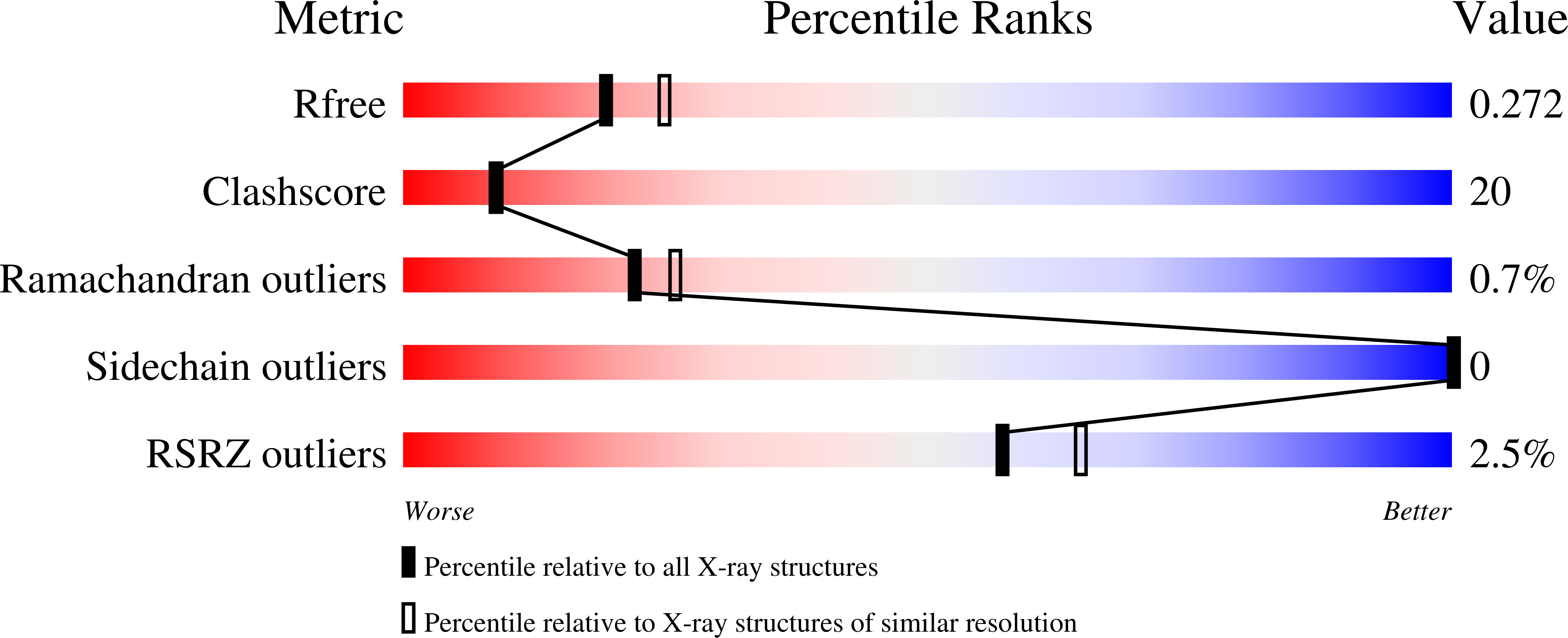
Deposition Date
2010-04-14
Release Date
2010-06-23
Last Version Date
2024-10-30
Entry Detail
PDB ID:
3MK8
Keywords:
Title:
The MCL-1 BH3 Helix is an Exclusive MCL-1 Inhibitor and Apoptosis Sensitizer
Biological Source:
Source Organism:
Homo sapiens (Taxon ID: 9606)
Host Organism:
Method Details:
Experimental Method:
Resolution:
2.32 Å
R-Value Free:
0.27
R-Value Work:
0.23
R-Value Observed:
0.23
Space Group:
P 21 21 21


